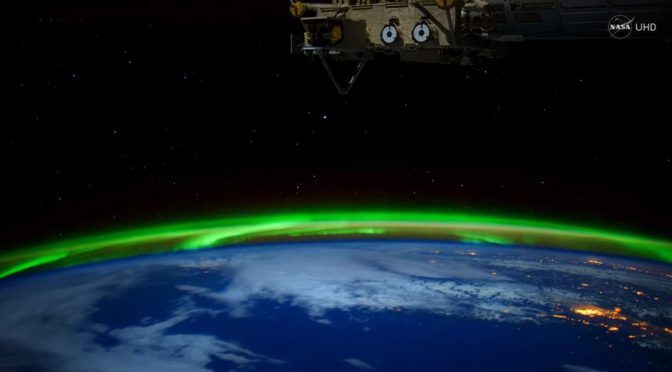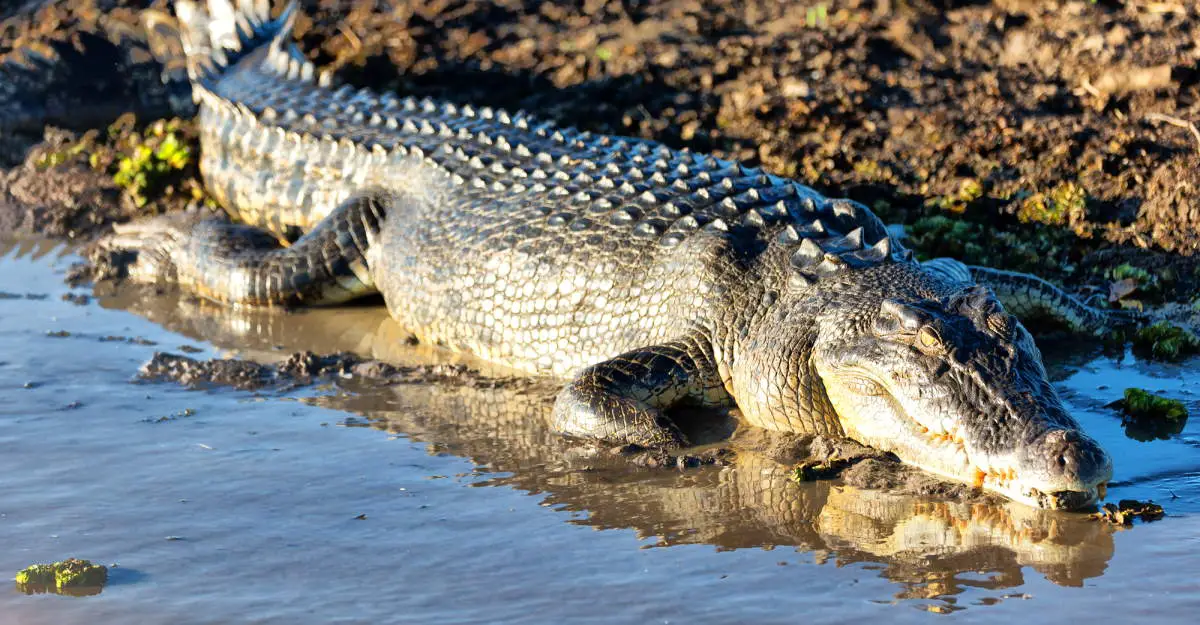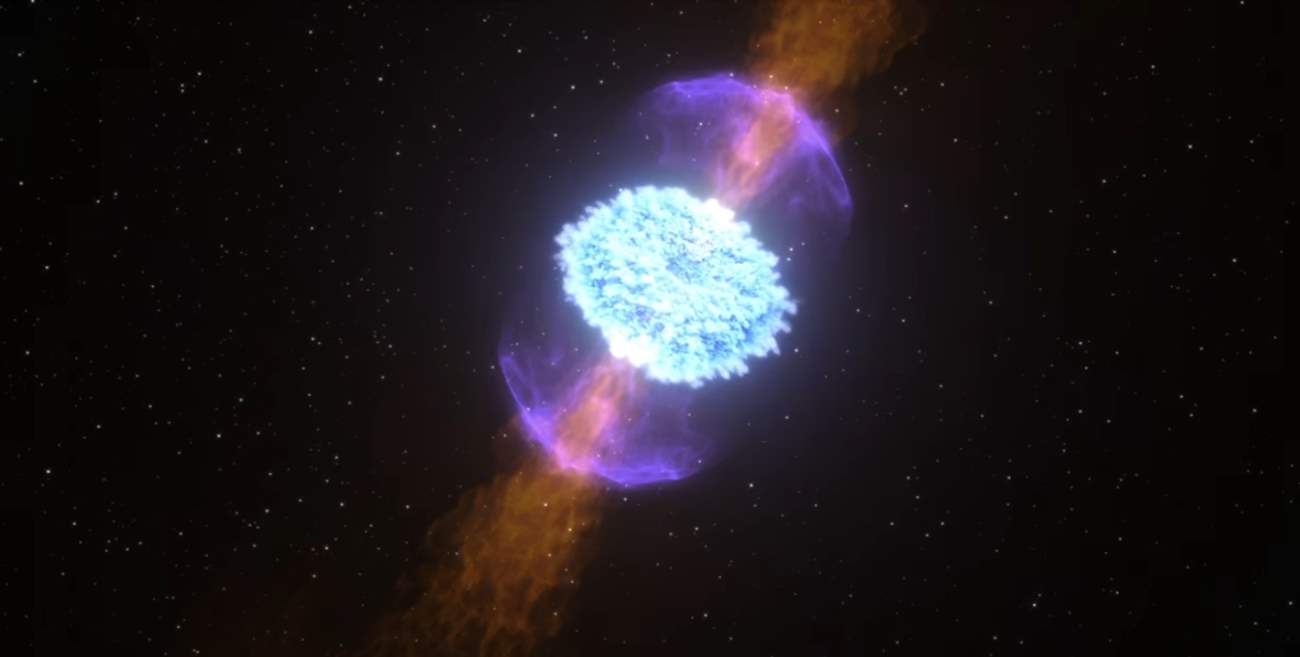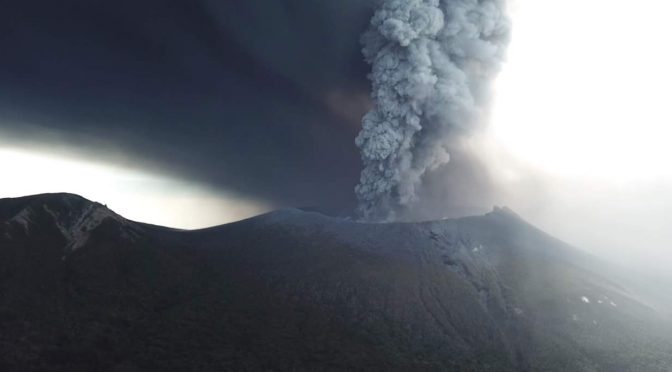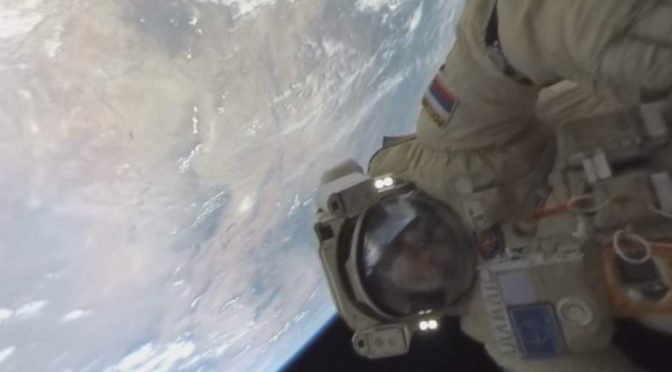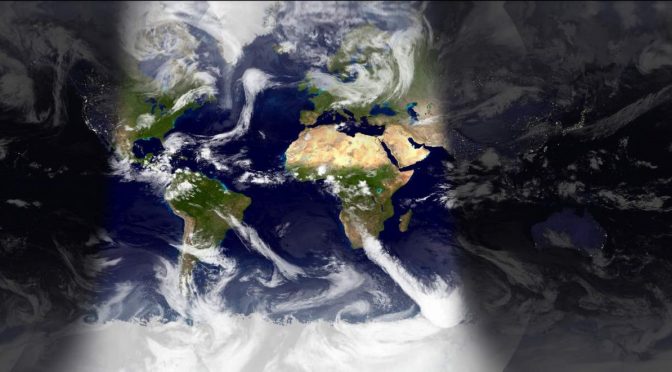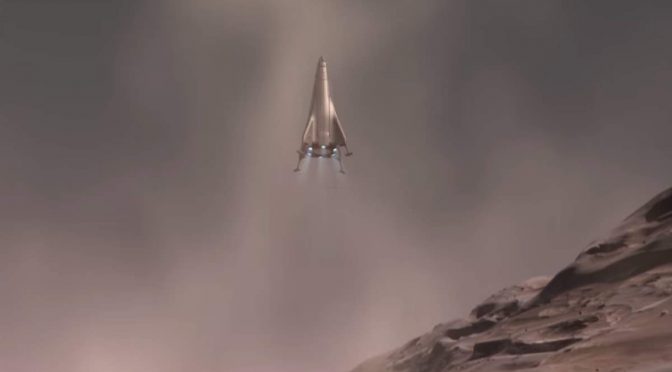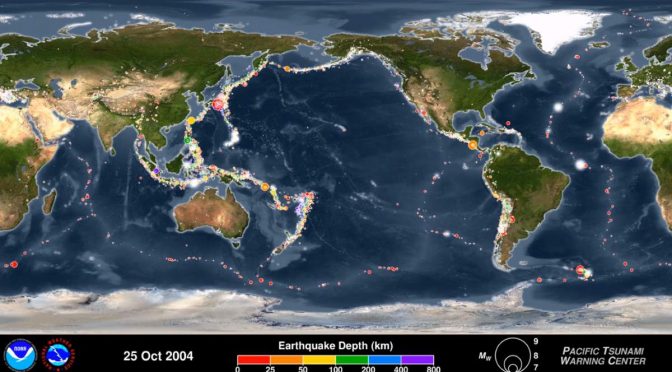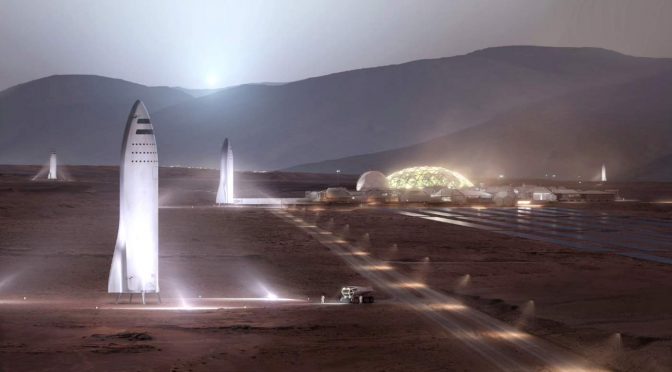On October 16, 2017, for the first time ever in history, scientists were able to detect gravitational waves from two neutron stars’ merger.
Carl Sagan’s famous quote says “The nitrogen in our DNA, the calcium in our teeth, the iron in our blood, the carbon in our apple pies were made in the interiors of collapsing stars. We are made of starstuff.” In that famous quote, Sagan makes reference to the whole Universe started off with hydrogen and helium, all stars produce helium, and then stars over a certain mass threshold produce carbon, nitrogen, oxygen, and lots of heavier elements – which are also the source of the life on Earth. The star stuff is inside us – every living thing on Earth.
But, even stars aren’t powerful enough to create heavy elements like silver, gold, and cesium. Since the 1950s, scientists have wondered: where do most of the elements in the periodic table come from?
